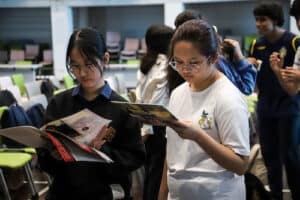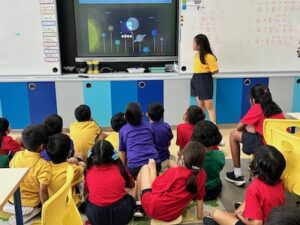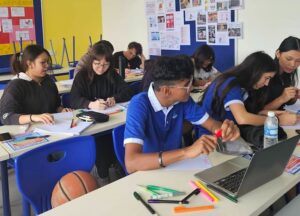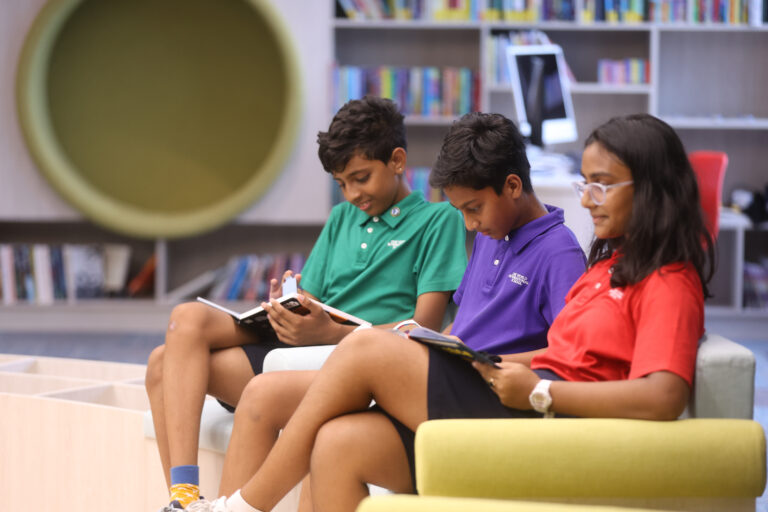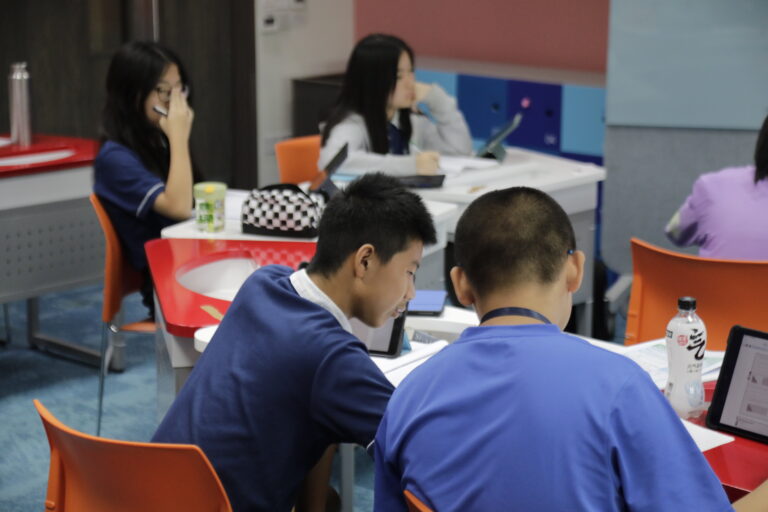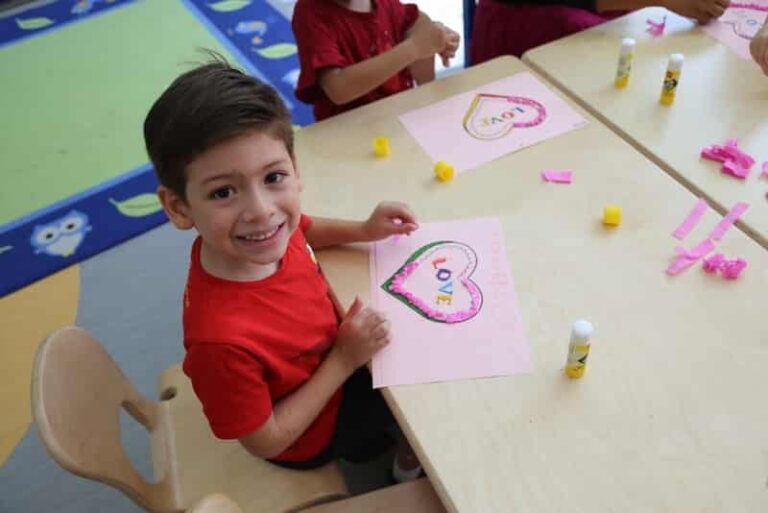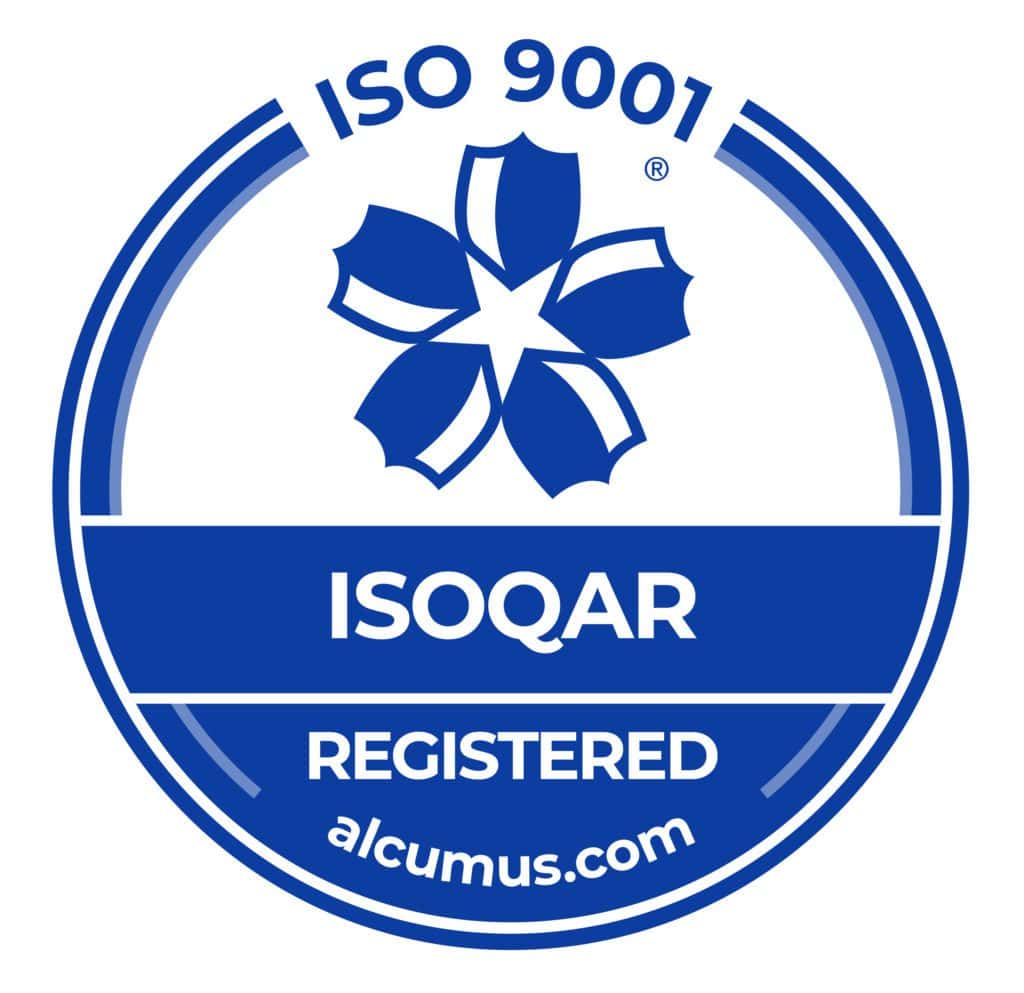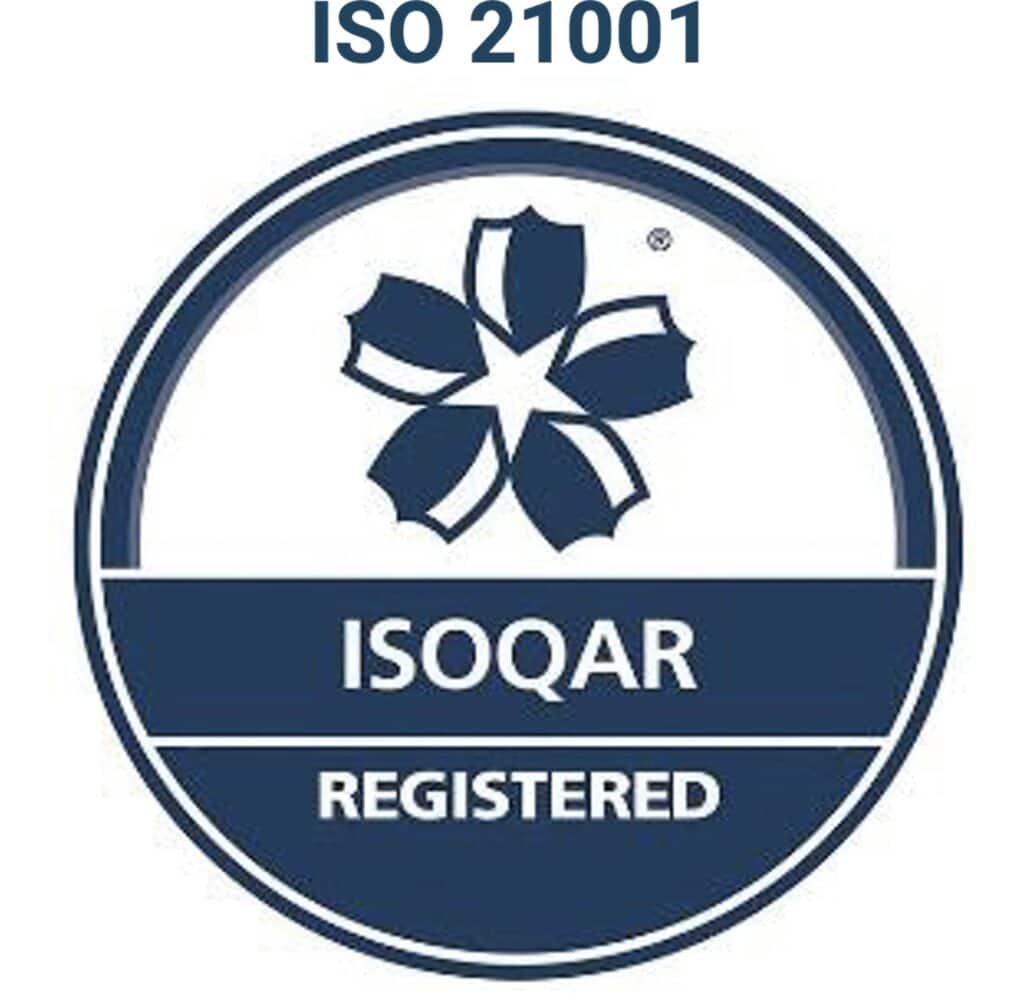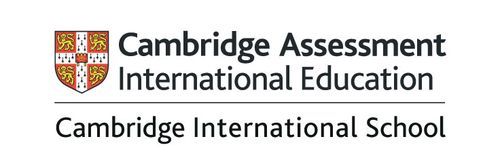In a traditional classroom, students are encouraged to retain information through memorisation. It’s a passive method of learning that may help a student achieve an adequate test score. But information gained in this manner is often forgotten because the child who ‘learned’ it had no active role in gaining the knowledge – other than that of leaning over a tablet or copying words from a whiteboard. They often harvest techniques to quickly ‘retain’ the information and then as soon as they have completed the test, they have forgotten what it was they learnt – commonly known as the ‘file and discard’ technique. They also do not connect the information they are learning with the real world around them.

There is little-to-no inquiry-led learning in this type of classroom. Students can become distracted and find it difficult to focus on the work set for them. They may achieve adequate test scores, but they are not developing themselves into lifelong learners.
What is Inquiry-Led Learning?
At OWIS, we discourage passive, passionless learning, and push exploration instead. Children enrolled in One World International School practice inquiry-led learning. An inquiry-led classroom is one where students are encouraged to ask questions because they legitimately want to discover the answers, and it varies greatly from the traditional classroom of earlier times. Students are encouraged to speak up and to ask questions, even if they may seem irrelevant at the time. It is often the case that the most unexpected questions lead to a greater understanding of the topic.
Inquiry-based learning works toward distinct objectives:
● Give students information-processing skills
● Develop sound habits of mind (ground rules)
● Achieve content, as well as conceptual understanding
In an inquiry-led classroom, students pose the questions, then work toward finding the answers. They work alongside their peers and lead discussions themselves. They take a journey which is not on a linear path towards the answer, but this gains them a true understanding of the topic at hand. As a result, teachers play an entirely different role.

How Teacher’s Play an Imperative Role in an Inquiry-Led Classroom
At OWIS, our teachers play many roles: cheerleader, voice-of-reason, and mediator. In one day, a teacher might introduce a concept, discuss different ways of exploring the concept and then open the floor for students to devise their own solutions for expanding upon it. For instance, if the topic to be explored is the culture of another country, the teacher might engage the students by watching a video, taking a field trip to a local museum, talking with an individual who is a part of that culture, reading a book or putting on a play based upon research. She’ll offer possibilities, but the students decide which approach they will take to achieve the learning objectives.
The teacher will facilitate discussions and debates while providing guidance when appropriate. She will allow the children to explore different ideas about the subject and where needed, gently nudge them back in a different direction to further discuss another angle on the topic.
Classes may decide to work individually, as a group or in teams. They may lean toward leaving the classroom and exploring the subject via the real world, or they may elect to do research instead. The campus at OWIS further facilitates this type of learning as there are a range of different learning spaces available, as well as access to a wide variety of resources. The important takeaway in inquiry-based learning is that the student takes the lead. This encourages passion and interest, and makes even the most mundane subjects much more memorable.
It’s the teacher’s role to ensure this transition takes place wholly and completely, that necessary outcomes are achieved and that each student takes responsibility for his or her learning. They are there to ensure that children are learning about the topic and not becoming too distracted by other ideas. Teachers will encourage children to analyse and critique their findings. In this way, children develop the critical thinking skills they need to succeed in any role they may play in the future.

Tools Used in Inquiry-Led Learning
Important elements of an inquiry-led classroom include immediate feedback, encouragement, positive response, close monitoring of the student or students to ensure they’re staying on track, technology, communication with parents and school administrators. Teachers aren’t really present to teach, so to speak. Rather, they become effective facilitators of learning. They are the guides who allow children to find their learning style. They are there to support the children and ensure that they reach their final goal, whatever the journey may look like. They are highly experienced and are able to offer advice and support whenever needed without heavily affecting the children’s thought process. This type of learning and facilitation is what makes our students such passionate, inquisitive learners who are ready to be adaptable, global citizens in this ever-changing world.
Please contact us for more information, or to book a tour.
(This blog was originally written in collaboration with Ms Rachelyn Gordon, former Primary School Teacher, OWIS Nanyang.)


